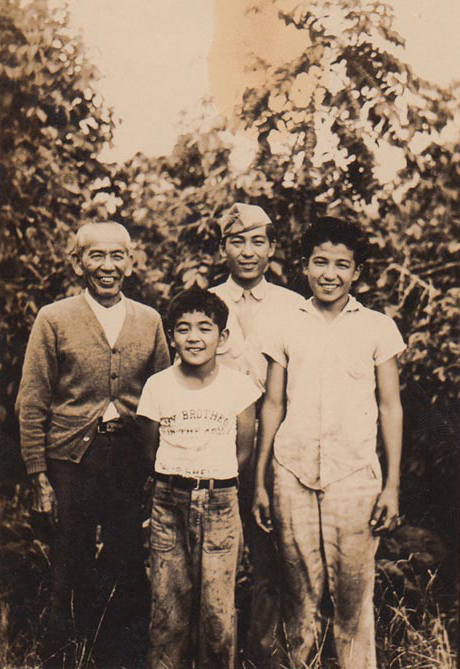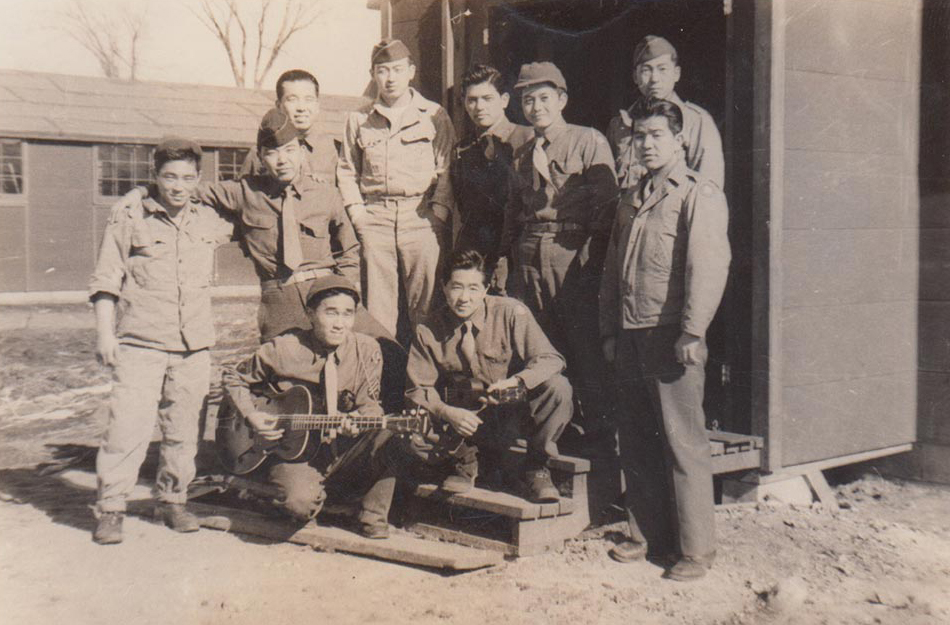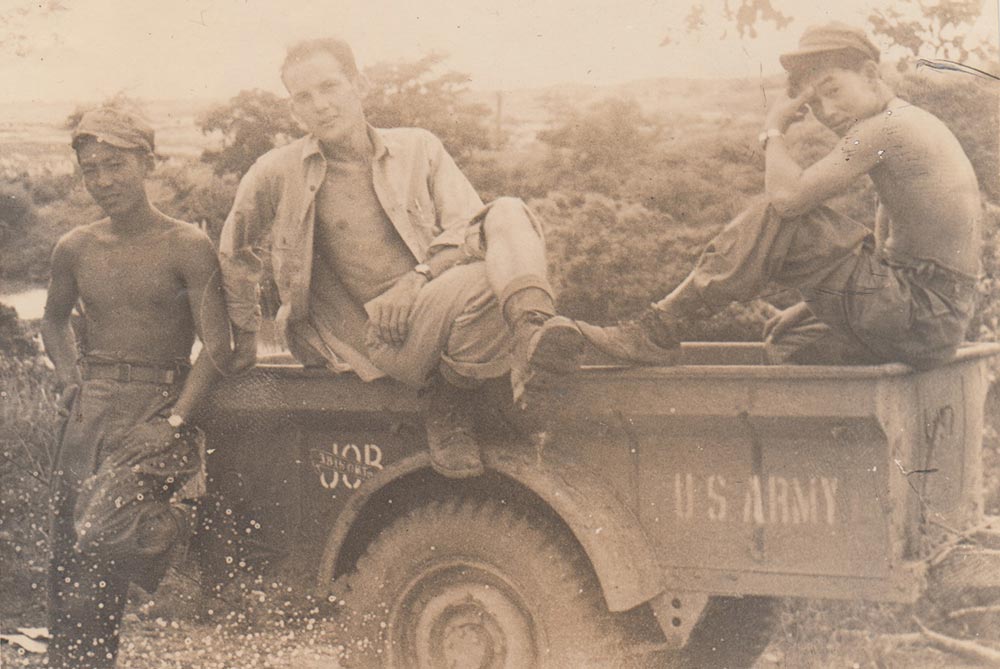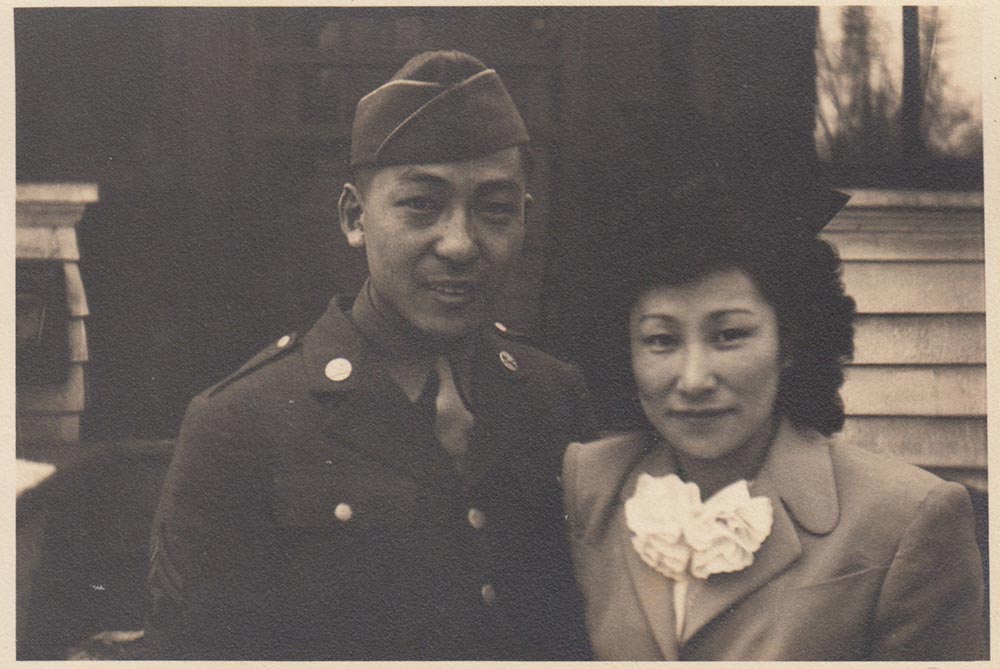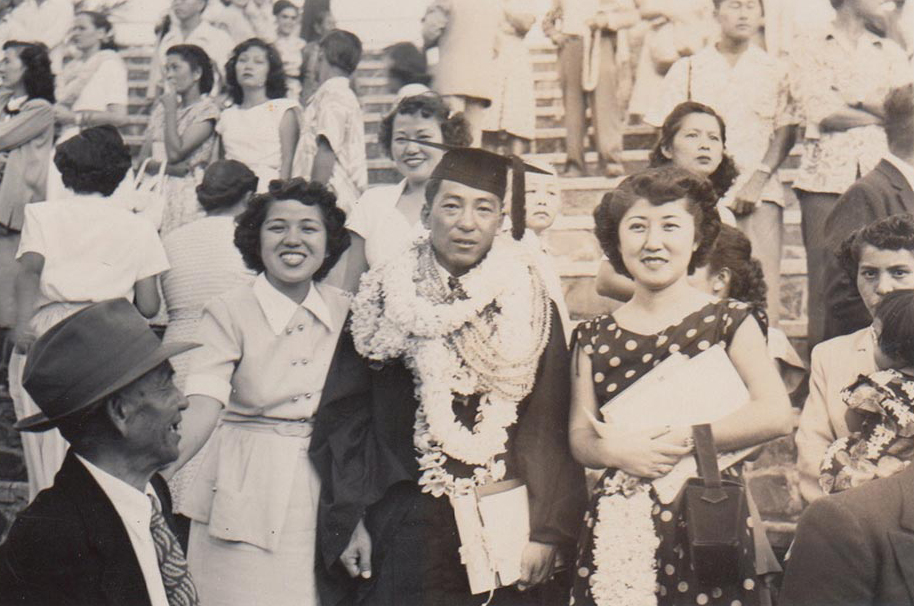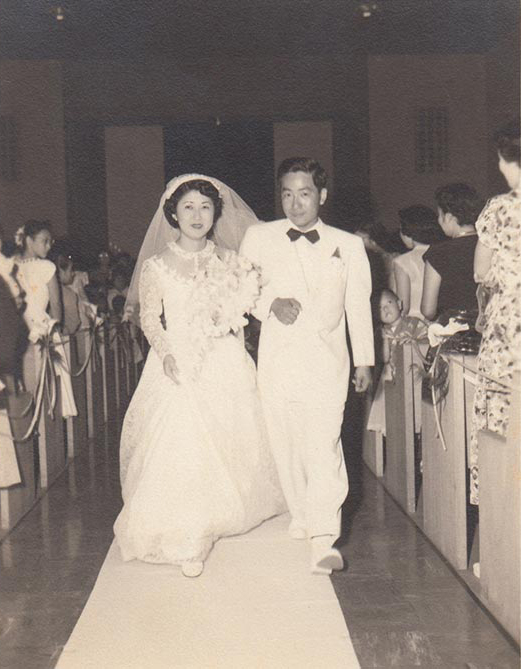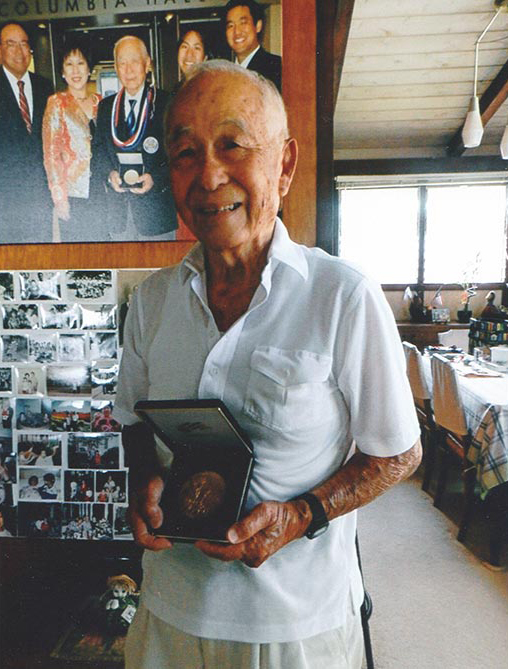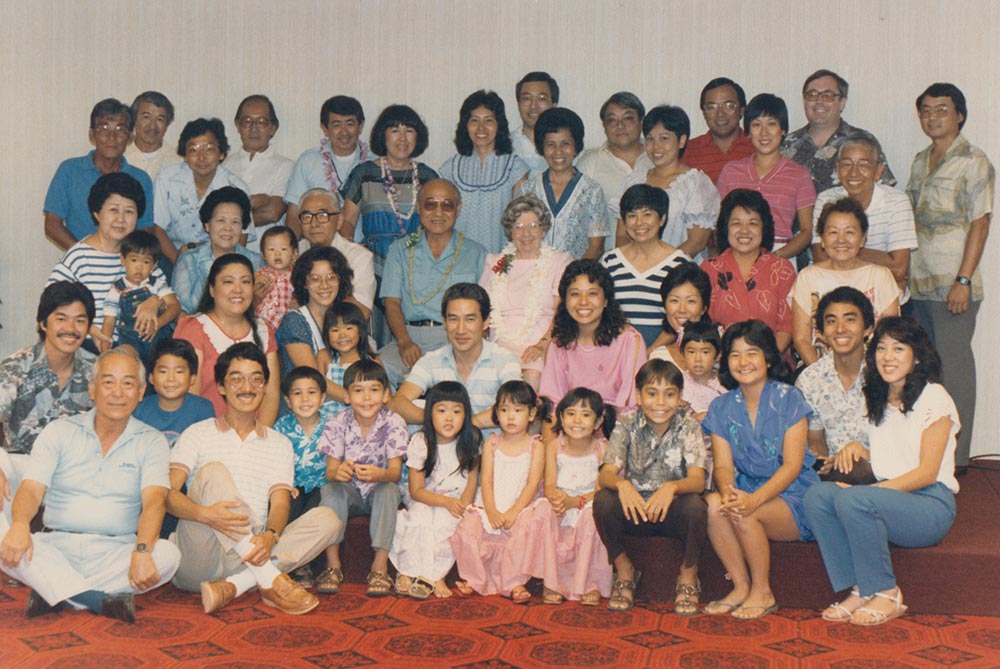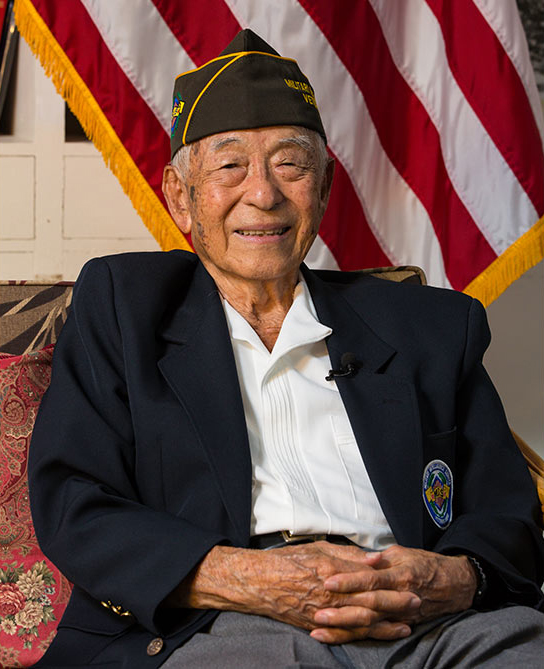Herbert Yanamura
Age: 92
Honolulu
Military Intelligence Service (MIS)
“I’m glad that because of World War II and the way the Nisei performed, America woke up. Their treatment of Nisei changed, and that all together, made our life so much better…”
Herbert Yanamura was just a carefree high school kid in Kona — the son of a coffee farmer originally from Japan — when the call came for volunteers for the 442nd Regimental Combat Team.
I’m glad that because of World War II and the way the Nisei performed, America woke up. Their treatment of Nisei changed, and that all together, made our life so much better…
The 18-year-old sought permission from his father to sign up, uncertain how that conversation would turn. After all, his father was 65 — a Japanese national, who didn’t speak English and only had his three sons to keep the family coffee farm running,
“His immediate response was, ‘By all means, you must volunteer. This is your chance to show your loyalty to this country… Don’t you worry about home. We will manage somehow,’” Yanamura says.
Those pivotal words resonated with Yanamura. He enlisted with the 442nd and was later recruited by the Military Intelligence Service (M.I.S.) since he spoke and read Japanese. After being trained as a linguist at a special military language school, he began studying the diaries of Japanese soldiers who kept detailed notes of their activities. “One Japanese soldier wrote, ‘American mortars are very scary. If we fire one mortar, 10 are sure to come back to us,’” Yanamura says. “That showed that to the Japanese soldier, American firepower was far greater than theirs and they were fighting a losing war.”
In 1942, Yanamura requested to be reassigned to the regimental headquarters, and his request was granted. “This was where I really got to apply what I learned from the military language school,” Yanamura says. “Regimental headquarters is right at the front line… so you can see the front-line activities, the firing, our front-line troops fighting the enemy.”
Yanamura served in the M.I.S. from August 1943, until he was discharged about two and a half years later. After the war, Yanamura was under strict orders not to speak about his confidential military work, so he says he just went on with his life, not talking about the war or even thinking about it.
Now, at 92, after spending most of his career working for the Hawaii State Department of Land and Natural Resources, Yanamura says he’s proud of his contributions during the war and what resulted in the aftermath. “I’m glad that because of World War II and the way the Nisei performed, America woke up,” he says. “Their treatment of Nisei changed and that all together, made our life so much better.”
More Soldier Stories

100th: Takashi Kitaoka
Takeshi Kitaoka awoke on Dec. 7, 1941 to the sounds of an explosion, followed by another. Outside his Kaimuki home, there was chaos in the sky, with strike planes soaring toward Pearl Harbor.
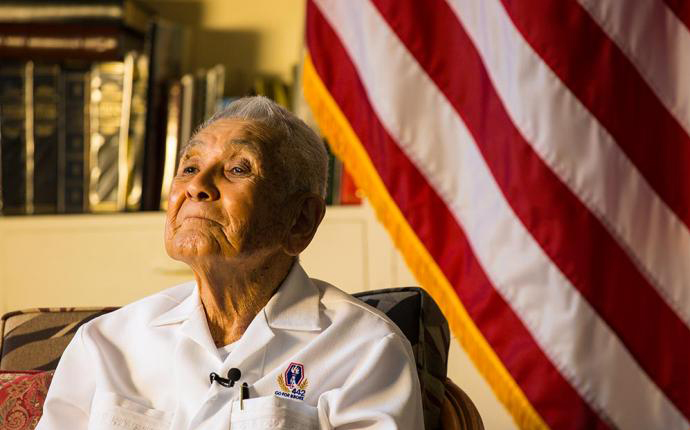
442nd: Robert Kishinami
Robert Kishinami saw planes soaring above his Haleiwa neighborhood and realized it wasn’t a military maneuver with zeroes and tracers. They were real bullets, a declaration of war.
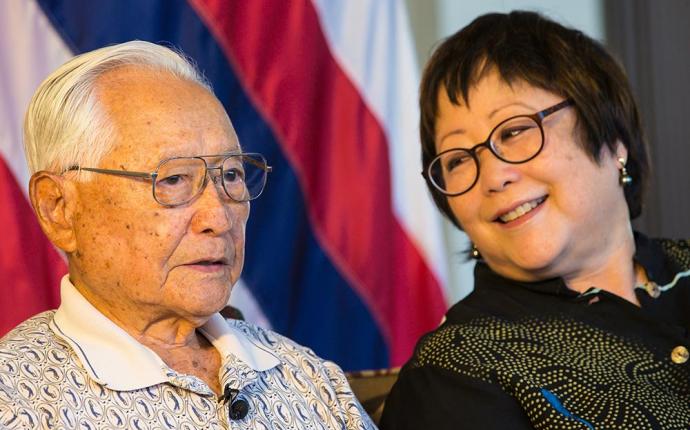
1399: Richard Okamoto
As part of the 1399 Engineer Construction Battalion, Richard Okamoto’s war experiences are not heroic battle stories. Yet like fellow Nisei, when his country called, he didn’t hesitate to rise up.
